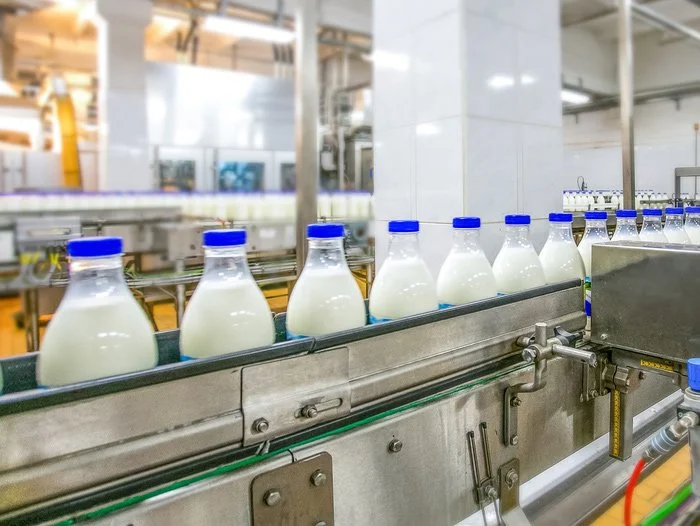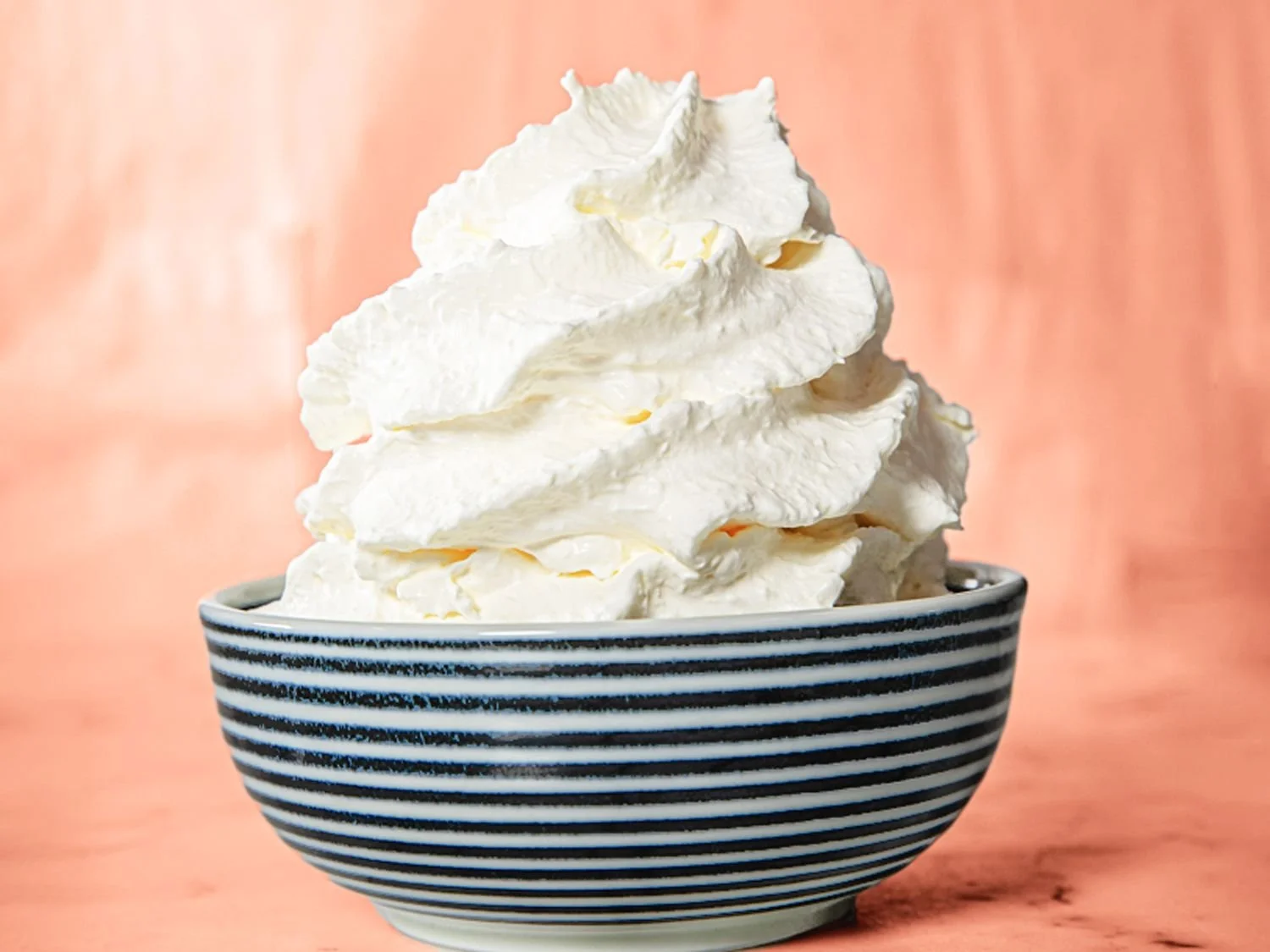How Is Dairy Made?
If you've ever picked up a gallon of milk at the store and wondered how it got to be in your hands, this article is for you.
From homogenization to pasteurization, many procedures and steps are taken to ensure that dairy products are safe to consume. Let's go over the process!
Step 1: Milk is stored in a refrigerated tank.
After being unloaded from the truck that transports the fresh milk from the farm to the processing center, the milk is stored in a refrigerated tank. In the tanks, it is tested for antibiotics and other things and then pumped through a pipeline to the pasteurizer.
Step 2: Pasteurization
Pasteurization kills bacteria, making it safe to drink and extending shelf life. The heating process also kills yeast, mold, and other pathogens that could make us sick if we ate them raw or undercooked.
It involves heating the milk to about 161 degrees Fahrenheit for 15 seconds (or until it reaches 145 degrees), then rapidly cooling it to 42 degrees Fahrenheit. The process kills off any bacteria that may have been introduced during collection or transit but doesn't affect flavor or nutritional value.
Step 3: Homogenization
Homogenization is a process that makes the fat globules in milk smaller. Shrinking the fat helps to keep them evenly distributed throughout the liquid, which improves their texture and consistency.
Homogenization also prevents the cream from rising to the top when you shake or stir your milk. If you've ever noticed that some milk brands have a layer of cream that floats on the top, it's because they're not homogenized!
Step 4: Cream is produced by skimming off some of the fat from whole milk.
Cream is a dairy product made by skimming off some of the fat from whole milk. Cream contains at least 18% milkfat and is used for cooking and baking. It can also be whipped into a fluffy topping for desserts or used as an ingredient in other foods.
Cream is often confused with buttermilk, which is actually produced from soured skimmed milk rather than whole milk; however, both are considered dairy products because they contain at least 1% butterfat (which makes up most of the difference between regular creams and butter).
Step 5: Butter is made by churning cream until it separates.
Butter is a dairy product made by churning cream until it separates into butterfat (solid) and buttermilk (liquid). The butterfat is then pressed into molds, packaged, and sold as salted or unsalted butter.
Butter is one of the oldest known forms of food preparation and has been used for thousands of years in many cultures worldwide. In fact, archaeologists have found evidence that people were making butter 8500 years ago in what's now northern Europe!
From farm to store
A LOT goes into making the dairy products you know and love. From milk to cream and butter, everything starts from the cows on the farm. So, next time you're enjoying your favorite dairy product, remember to think about the incredible journey it took to get to you!




